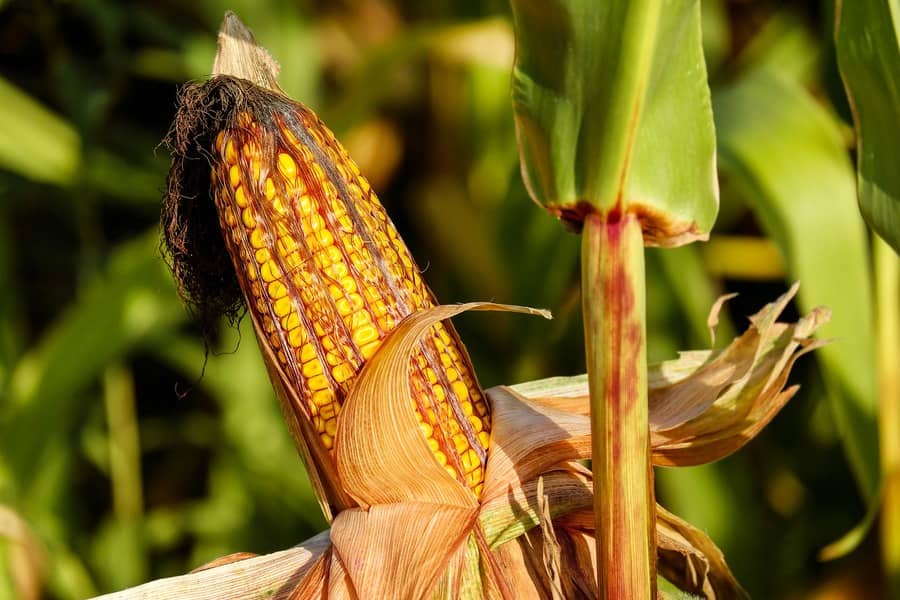Porto Alegre, March 28, 2023 – The priority issue for this 2023 season has been mentioned since 2022: logistics. Brazil had never had such a big soybean crop, and the rains delayed the harvest by 20 to 30 days. Together with this picture, there is the slow commercialization of the new crop by growers and the belief that the exchange rate and the Argentine crop would make prices rise in the middle of the Brazilian harvest. The fact is that the pressure from the Brazilian crop of corn is bringing prices down on the CBOT, and premiums have plummeted. With that, even with the strong crop failure in Argentina, the port price was not worth more than BRL 155/158 a bag last week.
Over-the-counter prices have dropped fast, and trading companies have no space to receive soybeans in the short term or for trading, considering the crowded logistics in March and April. Thus, growers have decided to hold soybeans even longer and not to retain corn in warehouses. Some grain companies and cooperatives with corn in their warehouses accelerated sales last week in an attempt to make room to receive more soybeans. The ongoing regional harvests also allow quick sales so that corn does not remain in warehouses and/or in an attempt to get liquidity through corn to enable greater retention of soybeans.
Thus, last week continued to be terrible for corn prices, reversing even the bullish seasonality of the first semester. There is nothing very different in terms of production and demand, just the signs that regional yields are very good in the plantations already reaped. Consumers take advantage of the moment of greater selling interest by growers to absorb lots at lower prices. The need to sell creates selling pressure on corn.
The question now is: what can change this trajectory of corn prices, considering that growers must keep selling not least because of the concern over space for the 2023 second crop? We can point out some indicators:
– The US crop begins to be planted next month and is the key point for the formation of international prices and also the Brazilian second corn crop. A normal situation in the US crop could send the December contract prices on the CBOT below USD 5.00/bushel and, directly, affect prices at ports in Brazil and for the second crop. Of course, the opposite is also predominant, that is, a serious problem in the USA makes room for hikes in Brazil;
– The area of the Brazilian second crop is nearly 50% complete in March. That alone is not a crop failure factor. However, we will have more crops susceptible to the risk of the fall weather, that is, a cut in rainfall or early frosts. Spotty and minor regional problems will not change the trajectory of internal prices, but, of course, serious situations can put internal prices above those of exports;
– We must remember that in 2022 we registered serious problems in the crops of Goiás and Minas Gerais, with significant losses due to drought and pests. However, in March 2023 we are still selling the 2022 second crop and meeting regional demand. Therefore, for a consistent and lasting hike, problems would need to arise from the USA;
– Appearance of factors such as less rain or forecast of frosts will create internal volatility, as seasonally every year. These points must be seen as alternatives for sales;
– An aggravating factor of 2023 is soybeans, also in the second half of the year. We will arrive in July still with a lot of soybeans in warehouses and may have regional situations compromising the corn receipt and flow. Ports will probably still be crowded with heavy shipments from the soybean complex.
In this combination of factors, what we have so far is the expectation of a normal spring for the United States, with planting inside the window, a forecast of less rainfall for Brazil’s second corn crop regions in April, and a stronger cold front in the first week of June, as is already traditional. In El Nino years, the chance of a catastrophic frost is lower. However, these indicators can generate volatility and opportunities for second-crop growers to speed up commercialization.
Follow the Safras Agency on our website. Also follow us on our Instagram and Twitter and stay on top of the main agribusiness news!
Copyright 2023 – Grupo CMA

